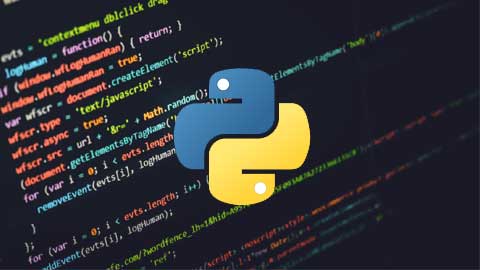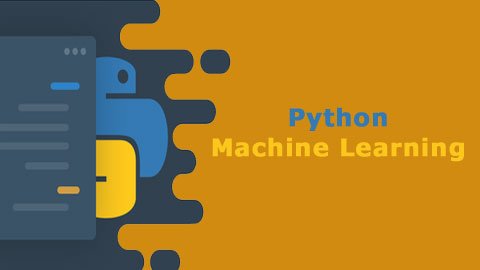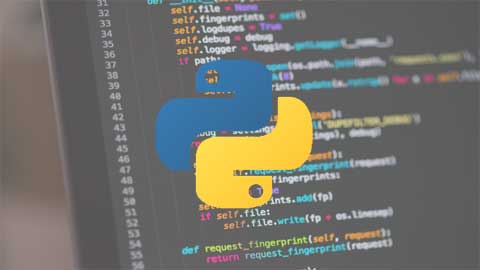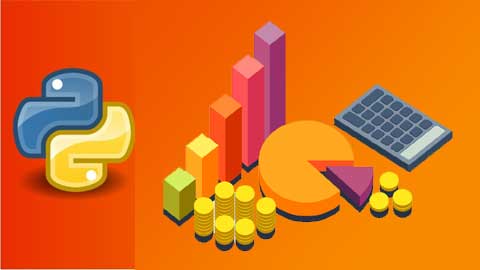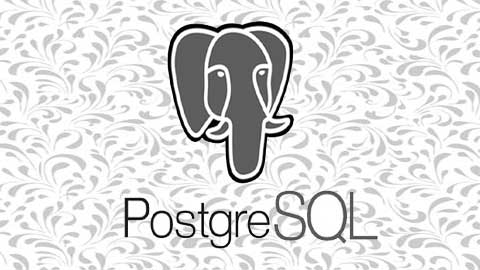What you'll get
- Job Credibility
- Certification Valid for Life
- Live Classes
- Certificate of Completion
Exam details
- Mode of Exam : Online
- Duration : 1 Hour
- Multiple Choice Questions are asked
- No. of Questions are asked : 50
- Passing Marks : 25 (50%)
- There is no negative marking
Do you also want to learn two of the most demanding skills together? This is a great opportunity for you as we are offering you to learn Python and PostgreSQL in one course only. This course offers you the easy-to-understand and implements course and that you need to have if you want to master one of the most demanding skills in the world.
In this course, students will learn about PostgreSQL and python in detail. And also, we will teach you how you can master and perform pro-level tasks smoothly. If you learn this skill, you will perform web development, PC application, and mobile application-related tasks. You will have a comprehensive understanding of using the PostgreSQL database.
What will you learn in Python and PostgreSQL course?
- You will learn about the in-memory, SQLite, and PostgreSQL to upgrade the python application.
- You will understand the common pitfalls that you can avoid using SQL injection attacks. Aside from this, you will able to store the data securely and optimize the application's performance.
- The course also offers you to master working with dates and times effectively for the python application.
- During the course, you will learn how to produce high-quality interacting and engaging charts, graphs, and reports with database data.
Course Content
-
Introduction
-
Installing Python on Windows
-
Installing Python on Mac
-
The Python interactive shell (IDLE)
-
Numbers and Strings in Python
-
Variables in Python
-
The str() method to convert to Strings
-
Running a Python file from the IDLE
-
Getting user input in Python
-
The int() method to convert to Integers
-
The format() method to simplify String formatting
-
Lists in Python
-
The for loop in Python
-
Boolean expressions, True and False
-
If statements in Python
-
The 'in' keyword to check whether a list contains an element
-
Giving the user multiple chances in our program
-
Generating random integers in Python
-
Defining our own methods in Python
-
Returning values from our methods in Python
-
The String split() method
-
List comprehension in Python
-
Python Sets — what is a Set?
-
Set comprehension in Python
-
Creating our lottery numbers
-
Calculating the lottery winnings
-
Installing PyCharm, a professional Python tool
-
Setting up PyCharm on Mac
-
Setting up PyCharm on Windows
-
Dictionaries in Python
-
Advanced Dictionary usage in Python
-
Methods returning dictionaries
-
Appending to a list in Python
-
Adding marks to our student data structure
-
The sum() method in Python
-
Iterating over a dictionary's keys and values
-
Creating the application menu
-
What are classes? Classes in Python
-
The Movie Class
-
The User Class (and the __repr__ method)
-
The filter() method in Python
-
More Movie operations and methods
-
Writing to a file in Python
-
Saving CSV files with our data
-
Loading our data from CSV files
-
Saving JSON files with our data
-
Loading our data from JSON files
-
Argument unpacking in Python (the two asterisks)
-
Creating the menu for our application
-
Introduction to databases
-
Installing PostgreSQL on Windows
-
Using PostgreSQL on Windows
-
Executing SQL queries on Windows
-
Installing PostgreSQL on Mac
-
Using PostgreSQL on Mac
-
Executing SQL commands on Mac
-
Using the sample data provided
-
SQL: The SELECT command
-
SQL: filtering with WHERE
-
SQL: LIMIT for limiting the number of results
-
SQL: UPDATE data in a table
-
SQL: DELETE data from a table
-
SQL Wildcards for filtering unknowns
-
What is a JOIN?
-
SQL: JOINs and JOIN examples
-
SQL: GROUP BY for aggregation of data
-
SQL: ORDER BY for sorting data
-
SQL: CREATE TABLE
-
SQL: INSERT INTO for adding data to a table
-
SQL: SEQUENCE for auto-incrementing fields
-
SQL: CREATE INDEX and advanced information about indexes
-
SQL: DROP TABLE for deleting tables and data
-
SQL: VIEWs and what they are used for
-
SQL: built-in functions and the HAVING construct
-
Dates in SQL: an old problem
-
Other data types in SQL (including JSON in PostgreSQL)
-
Nested SELECT statements for complex queries
-
The PostgreSQL SERIAL type
-
Installing psycopg2 on Windows (2018 update)
-
Installing psycopg2 on Windows (older versions)
-
Installing psycopg2 on Mac
-
Verifying everything works—don't proceed if it doesn't!
-
Mac OS X: Fixing psycopg2 'library not loaded' error
-
What is a virtual environment?
-
psycopg2 on a virtualenv on Windows (2018 update)
-
Psycopg2 on a virtualenv on Windows (older versions)
-
Setting up the app structure, pip, and requirements.txt
-
Recap on classes and object-oriented programming
-
Saving to database from Python
-
Loading from the database from Python
-
Removing some duplicate code from our app
-
Connection pooling and why it is important
-
Creating the ConnectionPool class
-
Creating the ConnectionFromPool class
-
Obtaining a cursor from the ConnectionFromPool class
-
The Database class and selective initialisation
-
Cleaning up the Database class
-
End of section review
-
What is an API?
-
Making requests in Python
-
What is OAuth?
-
Creating a Twitter app
-
Setting up Twitter login
-
Getting the OAuth request token
-
More on the Python debugger—an essential tool
-
Getting authorization by the user
-
Getting the OAuth access token
-
Performing Twitter requests: getting images
-
Reusing code from the last section to save users
-
Creating users in our app
-
Retrieving users in our app
-
Cleaning up the code—extremely important!
-
Introduction to Flask and Python Web Development
-
Adding a Twitter login endpoint
-
Adding Twitter authorization
-
Creating the user profile
-
The Flask before_request decorator
-
Checking if a user is already logged in
-
Searching tweets and displaying them
-
Searching for different things
-
What is Bootstrap?
-
Writing our own CSS
-
Allowing users to perform custom searches
-
Adding sentiment analysis with another API
-
What is Git?
-
Installing Git on Mac and Windows
-
Introduction to the UNIX terminal
-
The VIM text editor, a powerful terminal editor
-
Dealing with files in the UNIX terminal
-
What is a Git repository?
-
git init — create a Git repository
-
git add and git commit — staging and committing
-
git log — viewing past commits
-
Creating a repository on GitHub
-
git remote — managing remote repositories
-
Adding your SSH key to GitHub
-
What is a README file? Introduction to Markdown
-
git pull — pulling other's changes
-
OOP: Inheritance
-
OOP: Multiple Inheritance in Python
-
OOP: What is composition?
-
OOP: What is encapsulation?
-
Introduction to Exceptions in Python
-
Creating our own Exceptions
-
Some of the available built-in Exceptions
-
Python built-in methods
-
Assertions in Python
-
Lambda expressions in Python
-
More uses of lambda expressions
-
Lambda expressions in the wild
-
Introduction to unit testing with unittest
-
What are data structures?
-
What is a Linked List?
-
Introduction to Linked List Assignment
-
Programming our own Linked List in Python
-
Creating a Queue
-
Introduction to Queue Assignment
-
Programming our own Queue in Python
-
Creating a Stack
-
Introduction to Stack Assignment
-
Programming our own Stack in Python
-
Creating a Binary Tree
-
Introduction to Binary Tree Assignment
-
Programming our own Binary Tree in Python

